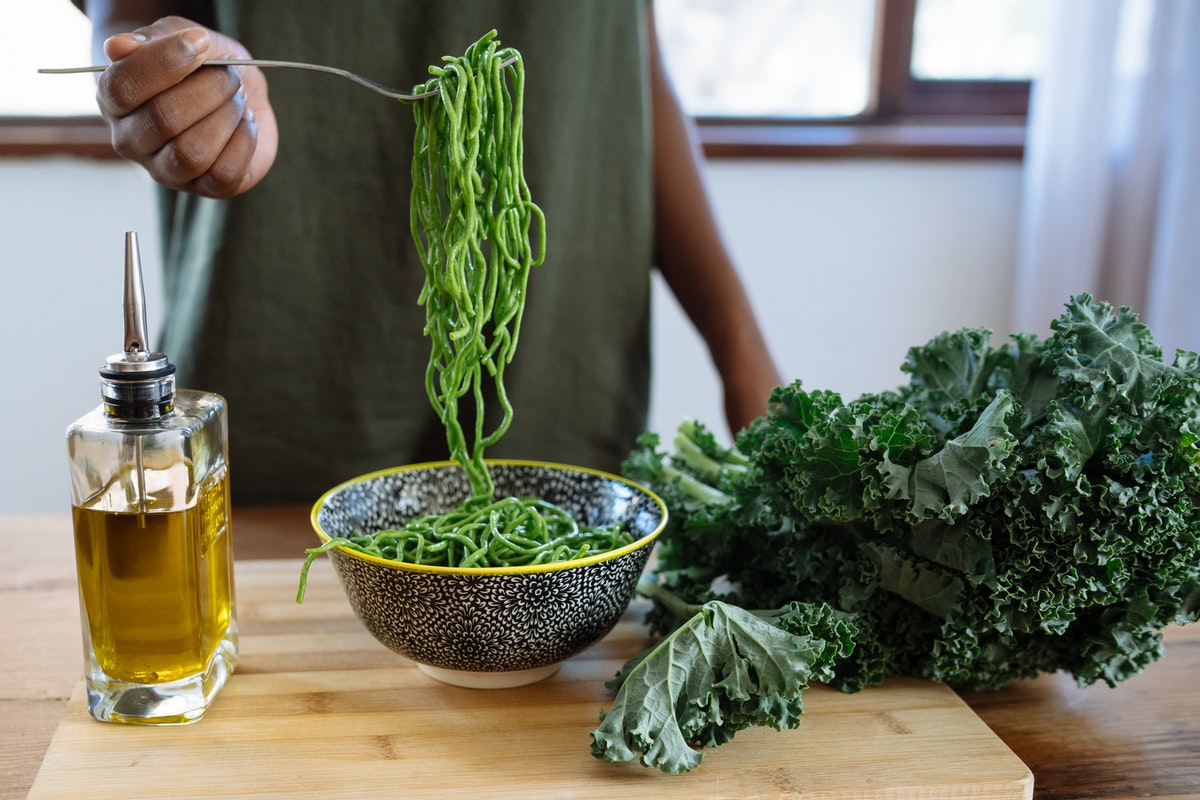Ah, the famous table battles. Many parents have dealt with them and still wonder how to get kids to eat veggies. Sometimes you might think that doing every single chore around the house is easier than persuading your kid to eat vegetables. However, you stand with a long line of parents who have attempted to cook vegetables for kids. Believe it or not, even the dietary experts struggle with the same story.
However, hard times never last forever. So, here’s a short guide of five flavorful methods that’ll get your kids to eat more vegetables.

The camouflage option
Prepping vegetables for kids seems to involve being a master, culinary ninja. One quick solution for that is soup time.
You can prepare some homemade soup and make sure it is rich in vegetables, ranging from carrots, celery, onion, and cauliflower, to everything else that goes well with a broth or a creamed base. Your children will get all the needed nutrients; plus, they’ll have some fun with scooping up garnishes like shredded cheese or crumbled crackers.
Plus, you have other covert options to fall back on such as:
- Hamburgers (aside from the garnish, you can grind up vegetables and add them to the ground beef)
- Pizza with a veggie crust and/or toppings
- Macaroni and Cheese with grated or pureed, undetectable squash, carrots, or cauliflower
- Pureed vegetables added to a hearty marinara sauce
So, you need not wonder how to get kids to eat veggies when you can “hide” them in their favorite dishes.

Fun shapes and sizes of vegetables for kids
Grab a spiralizer and start preparing your family’s favorite “pasta” dishes – the healthy way. Start implementing sweet potatoes, zucchini, or squash into their preferred noodle dishes. All you need to do is add some sauce on top, and there’s no way they’ll say no to the radical new shapes on their plate. They’ll have a delicious new version of pasta, plus interesting-looking noodles or spirals.
Another spin on this hack is to make a snack called Ants on a Log. You just cut some stalks of celery into two to three-inch pieces. Then you spread peanut butter inside the stalk and sprinkle it with raisins. If your child is allergic to nuts, then you can try variations with cream cheese or guacamole and other garnishes like bite-size crackers.
Make it smooth
Once again, this strategy is all about hiding the true texture of the vegetables. So how about trying a well-seasoned puree? In a study published by the American Journal of Clinical Nutrition, researchers found out that very young kids would double their intake of veggies if they were served pureed vegetables. So why not use this knowledge to your advantage?
And what about older children who still hesitate to try veggies? Some nutrient-rich smoothies provide a tasty solution to this dilemma. For example, combine a ½ spinach cup with ½ avocado and banana, add ¼ cup of canned pumpkin and finish with ½ cup of water or milk. You’ll have a great summer smoothie that’ll please any palate.
Butter it up
Here is another quick trick to bring out the savory flavor of vegetables—add some butter. You might have noticed the bitterness in some veggies in their raw state. However, when you sauté them in butter or in olive oil with herbs and spices, you can prepare vegetables for kids while masking the odd taste. The next thing you know, your children are eating broccoli, beans or even spinach without any second thoughts.
The homemade dip
For the last suggestion, you’ll keep snack time smooth and easy. One effortless but yummy idea involves veggies with hummus or homemade sauce on the side. You can create a flavorful sauce at home that will not just cover the “regular” smell and taste of vegetables but will also make your kids ask for more.
Ranch dip is perfect in various combinations of vegetables for kids. But it’s even better when it’s homemade. Also, salsa makes a wonderful dip for vegetables and an excellent salad dressing. Yet another healthy and tasty choice is spinach dip. Your kids will love serving it from the classic bread bowl.

Thankfully enough, you now have a plethora of options for incorporating more vegetables into your children’s meals and snacks. You won’t have to depend on the two common fallbacks, which are offering simply raw vegetables or steaming them. There are many more ways to prepare plant-based foods that the whole family can enjoy. With some creative problem-solving and a good balance between veggies and other food groups, you’ll be able to provide your children with food choices that are not only nutritious but also delicious.



